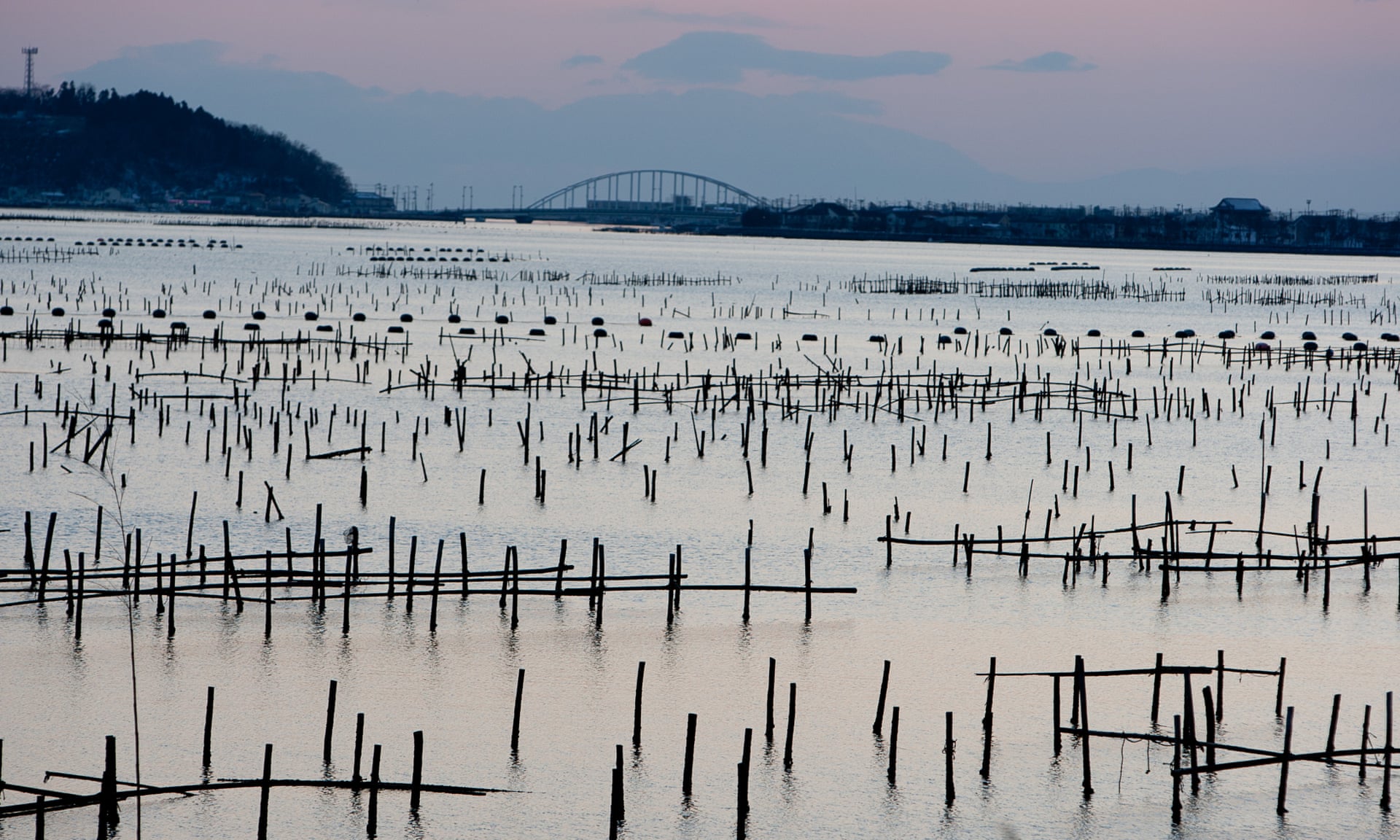Kelp! Kelp! SEA-What I mean?
In a world where bacon is poisoning us, lab-grown meat is a juicy investment, and insect protein is continuing to gain popularity as a valid food source, you really should start worrying about your food. In the bigger picture the entire agricultural industry needs to be re-worked, and so do our general food habits.

More sustainable foods will become more popular with time purely out of need, some will gain popularity faster than others. Some foods will face resistance.
Now let’s say there is a crop that requires you to plant and harvest but do very little in between. It needs no fertilizing, no weeding, no watering, and it has very few enemies in the form of pests or disease. It gets all it needs from the environment around it and can grow almost six inches a day under good conditions. It’s protein-packed and healthy, and most importantly, it leaves the environment better than it finds it. Wouldn’t you absolutely adore this crop as a farmer? Well, that’s the case for seaweed.
That’s not all. With our world’s ever-expanding population and the looming threat of climate change, there has been an increased interest from nonprofits, businesses and development organizations to consider using a variety of algae for food and energy. Seaweed, which can grow rapidly and efficiently, provides plant-based proteins and shows promise as a source of biofuel to replace fossil fuels. It also has the ability to absorb carbon dioxide, nitrogen and phosphorus also making seaweed a living vacuum to clean up polluting chemicals discharged by farms, factories, and wastewater treatment plants.

However, it does cost around $20,000 and a boat (which can greatly vary in price) for farmers to get up and running with seaweed farming which is a pretty steep startup cost. Securing farming permits for seaweed in states with stricter environmental conservation laws, such as California, can be a very lengthy process. In Asia, seaweed farmers struggle to gain space inshore to build expansive farms.
Growing seaweed also comes with potentially significant environmental impacts. If the crop gains popularity, the conversion of large plots into working farms could disrupt the habitats of wildlife and deplete naturally occurring nutrients, though more research is necessary to understand the scope of the issues. Environmentalists and experts are also concerned that farms that grow only one crop risk big financial losses if the crop becomes susceptible to disease.
A 2016 report from the World Bank estimates that the annual global seaweed production could reach 500m dry tons by 2050 if the market is able to increase its harvest 14% per year. Hitting that 500m mark would boost the world’s food supply by 10% from the current level, create 50 million direct jobs in the process and, as a biofuel, replace about 1.5% of the fossil fuels used to run vehicles.
The Large production of seaweed for food, animal feed, and biofuels “could represent a transformational change in the global food security equation and in the way we view and use the oceans,” states the report.
In our world, we need to consider sustainable alternative food resources. We don’t have a choice in whether we need to support the growth of industries like these. The growth of these crops are creating positive externalities and use of these super-food sources are providing tangible positive results. This is exactly what we need when combating climate change, food scarcity and a myriad of other social issues with regards to food. The article that inspired this post provides more details about the entrepreneurs and businesses attempting to ride this (seaweed) wave.
References:
Main Article: Meet the new US Entrepreneurs farming Seaweed and Fuel
Hi Samar,
Super interesting read. I cannot agree with you more that alternative food choices are becoming more and more important in how we make sustainable contribution to the world. While we focus so much on taking public transit, switching the light off, turning the tap off while washing our face, we tend to forget the simplest things such as the food we eat also leaves a huge footprint on the planet.